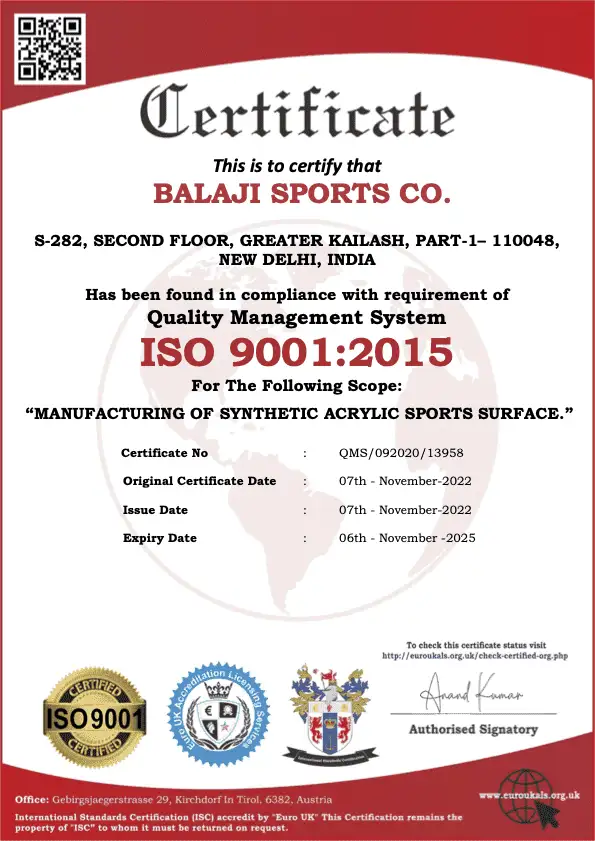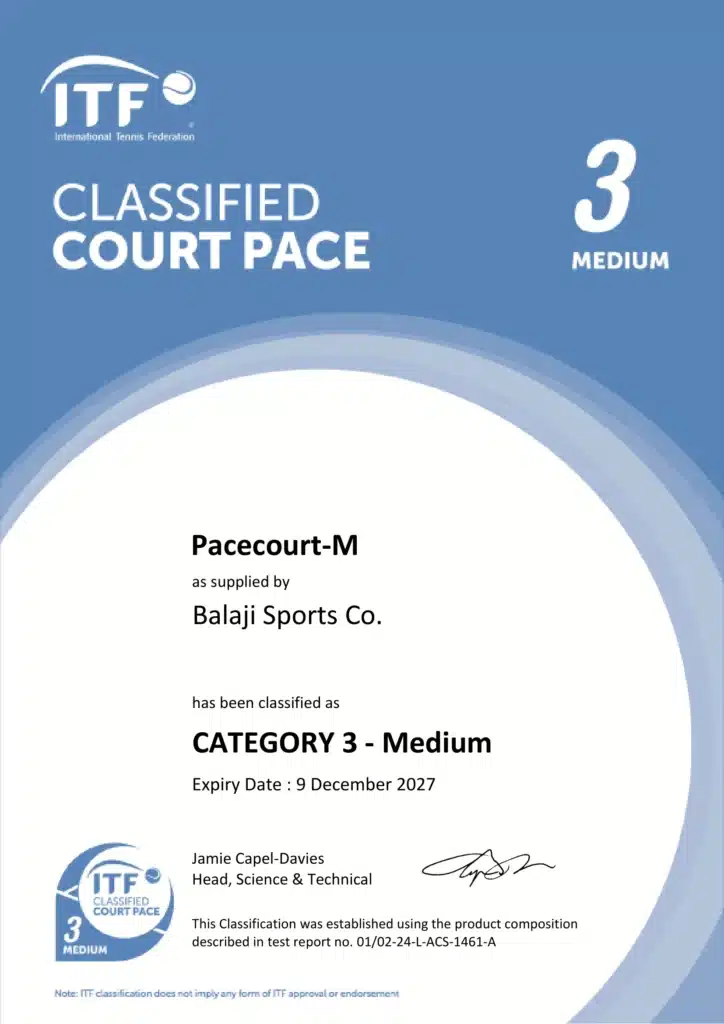Top Mistakes to Avoid When Constructing a Pickleball Court
Introduction Any pickleball court’s design and Pickleball court construction are essential to keeping it a sturdy and dependable playing area. Pickleball is becoming more and more popular, especially outside, which means more careful design, material selection, and construction work is required. We’ll also start our conversation by talking about the increasing preoccupation with acrylic flooring for outdoor spaces, especially pickleball courts. For high-quality surfaces, the majority of facilities contract out to certified companies like Pacecourt; yet, a few mistakes could jeopardize the established court’s success. Let’s examine each of the difficulties in more detail in the parts that follow. Mistake 1: Inadequate Planning for Pickleball Court Dimensions One of the most common mistakes made while building a pickleball court is not properly designing the area or not having enough vision for future growth. Pickleball is typically played on multi-sport facilities, so these projects also often include the court in other sports-oriented areas. Having said that, it’s crucial to remember that basketball has unique dimensions of its own. For both singles and doubles matches, a pickleball court’s standard dimensions are 20 feet wide by 44 feet long; however, these are only the approximate measurements. Key Considerations: Mistake 2: Neglecting Subsurface Preparation The nature of the foundation underneath your acrylic flooring is very important in the performance and durability of the pickleball court. Savings on subsurface preparation often result in cracks on surfaces, undulated surfaces, or water collecting in puddles which is detrimental to the playability and raises the cost of maintenance over time. Key Considerations: Mistake 3: Using the Wrong Acrylic Surface Material The selection of surface material is crucial when building or designing a pickleball court, especially when it comes to acrylic. In addition, acrylic encapsulants are valued for their durability, non-slip qualities, and color retention. However, not all acrylics are suitable for use in outdoor sports. Many institutions often make the mistake of choosing incorrect or lower-quality products. Which causes early deterioration and the eventual need for costly resurfacing. Key Considerations: Mistake 4: Overlooking Proper Drainage Solutions One of the most important factors in the design of pickleball courts is water drainage management. Rain and moisture will certainly cause the playing surfaces to become wet. Thus, they need to be built in a way that permits water to be removed quickly and effectively. Lack of adequate drainage will cause water to accumulate. Which could damage the underlying layer, produce dangerous working surfaces, or even impair playing fields. Key Considerations: Mistake 5: Failing to Select the Right Court Color Scheme Although the pickleball court color of the court may appear insignificant, it has a significant effect on player comfort, visibility, and even performance. The majority of the time, designers or even sports directors overlook the significance that different court colors have during play. Players may experience too much visual glare from shiny, bright surfaces. However, dull hues could make it harder for players to see, which would make it harder for them to follow the ball. Key Considerations: Mistake 6: Ignoring Regular Maintenance Needs Pickleball courts require routine maintenance to preserve both their aesthetic appeal and functional state, much like any other outdoor sports surface. It’s critical to keep an eye out for small features like cracks, color fading, or worn-out portions because ignoring them could eventually cause significant and costly damage. Turning courts are sometimes employed carelessly in facilities, particularly in high-play zones. Key Considerations: Mistake 7: Not Consulting with a Professional Contractor One of the biggest mistakes is attempting to oversee the entire building process alone, without consulting pickleball court construction company that specialize in pickleball court construction. Even though doing it yourself or hiring a general contractor could seem less expensive at first, these methods usually wind up pickleball court construction cost more in the long term because of the faults that occur and the need for extensive repairs or court renovations. Key Considerations: Case studies Case Study 1: A Community Park The intense sunlight and frequent rain that the state experiences have to be considered. During the construction of the pickleball court at the community park. As a result, they chose to paint a deep blue acrylic surface as the primary hue. Adding white lines to indicate limits and green accents to non-playing regions. Players particularly benefited from this color scheme since it reduced heat absorption due to the dark blue surface. Made them stand out against the surroundings, making gaming more comfortable on hotter days. Furthermore, the ground combines hues, which combine artistic beauty with functionality. Many people view it as their playground for competitions or recreational activities. Case Study 2: A Sports Facility The goal of the Chennai-based sports organization was to create. Distinctive pickleball court that would draw in players from nearby communities. They used yellow boundary lines to accentuate the brilliant green hue they chose for the main parts. Gray serves as the accent color in non-play areas. The yellow lines, on the other hand, improved players’ sight while enhancing the stark contrast between the green ball and the player’s color. Gray was utilized as an accent hue that blended well with the facility’s contemporary architectural features to give it a unified look. Finally, it should be noted that in addition to being a top-notch court. It also served as a focal point for the school and attracted new players. Case Study 3: A School Playground A pickleball court construction was to be constructed at a Tamil Nadu school to provide enjoyment. Utility for students of all ages. The design group ultimately decided on a primary color scheme of bright blue with orange boundary lines. The lighter shade of blue for non-playing areas. Because of this, younger players were drawn to this brilliant color combination. Which allowed the court to entice them in and appeal to their visual sense. The court’s flooring was made of acrylic to ensure that it could endure the wear and tear that comes with being heavily used in a learning environment while also giving off a













